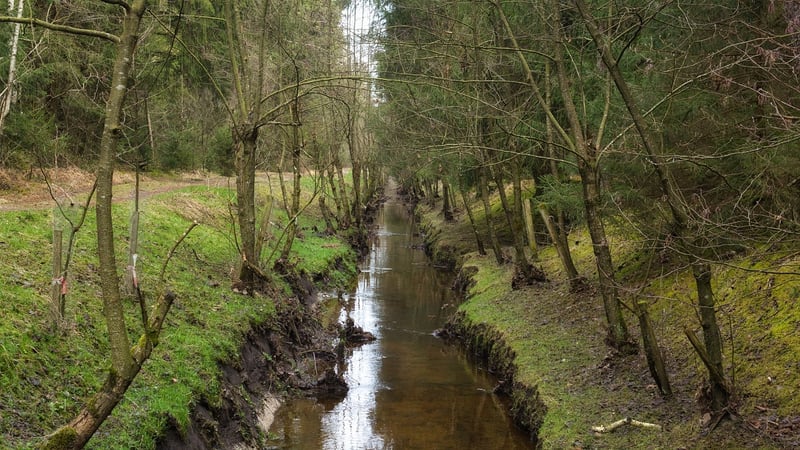Drainage Solutions
Optimizing Growth Conditions and Drainage Solutions for Healthy Plants
Proper growth conditions and effective drainage solutions are essential for ensuring the health and vitality of your plants. By optimizing these factors, you can create an environment that promotes robust growth and minimizes the risk of disease. Here are some tips to help you achieve optimal growth conditions and implement effective drainage solutions:
Optimizing Growth Conditions
1. Light: Different plants have varying light requirements. Place your plants in locations where they can receive the appropriate amount of sunlight for their specific needs.
2. Temperature: Maintain a consistent temperature range suitable for your plants. Sudden temperature fluctuations can stress plants and inhibit growth.
3. Humidity: Some plants thrive in high humidity, while others prefer drier conditions. Adjust the humidity levels accordingly by misting the plants or using a humidifier.
4. Watering: Overwatering or underwatering can both be detrimental to plant health. Water your plants based on their individual needs and the specific requirements of each species.
Drainage Solutions
1. Choose the Right Containers: Use pots with drainage holes to prevent water from accumulating at the bottom and causing root rot.
2. Use Well-Draining Soil: Opt for soil mixes that promote good drainage, such as a blend of potting soil, perlite, and sand.
3. Monitor Watering: Allow excess water to drain out of the pots after watering to prevent waterlogging.
4. Elevate Pots: Place pot feet or use pot risers to lift containers slightly off the ground, allowing for better airflow and drainage.
Conclusion
By paying attention to growth conditions and implementing proper drainage solutions, you can create an optimal environment for your plants to thrive. Remember to monitor your plants regularly and make adjustments as needed to support their growth and overall well-being.

For more information on plant care and gardening tips, visit Royal Horticultural Society.
